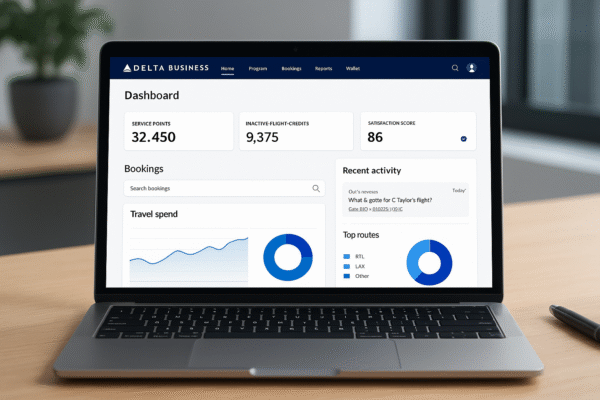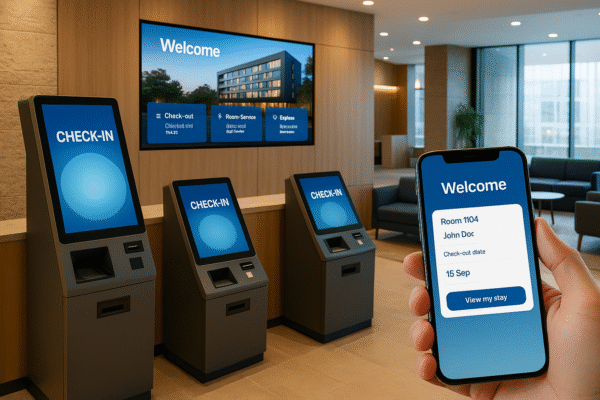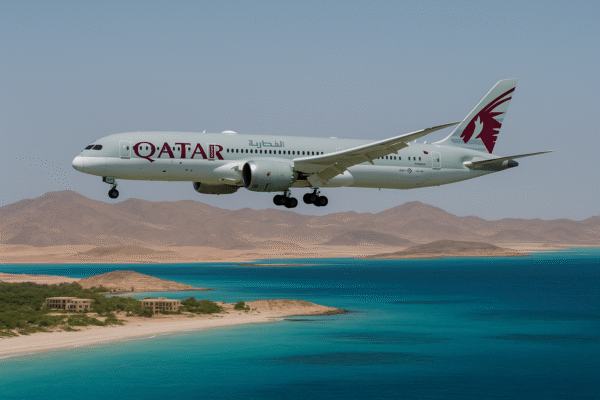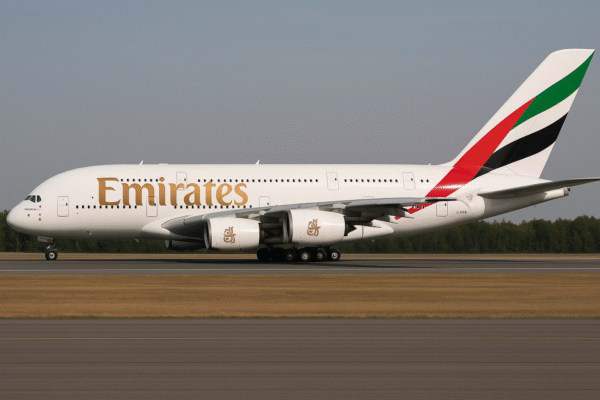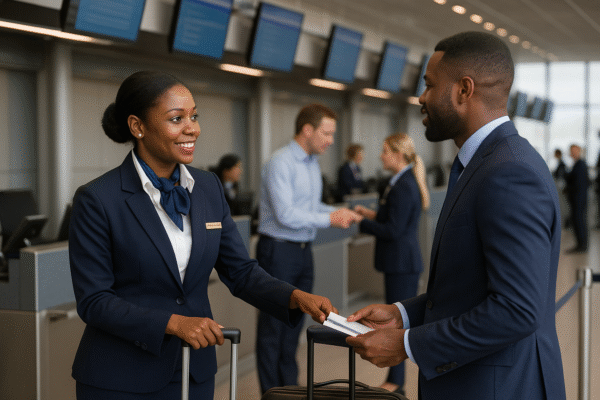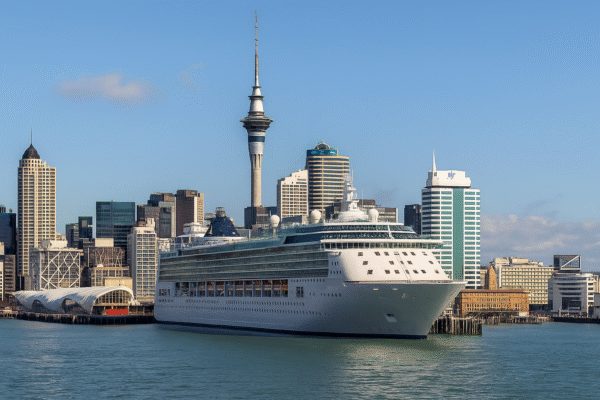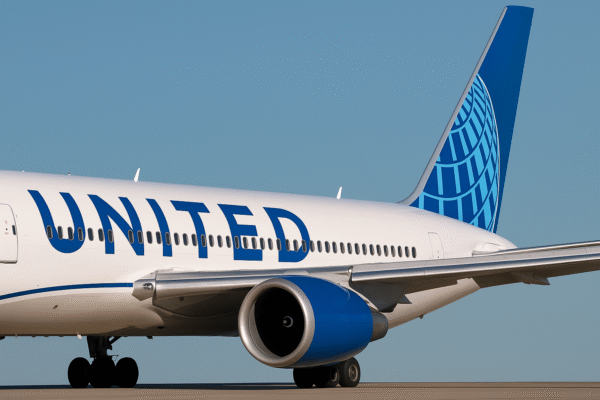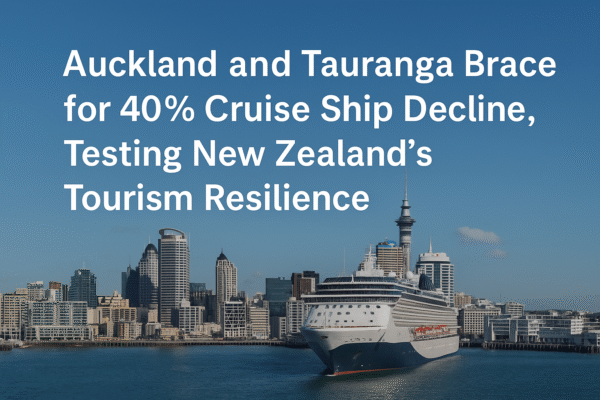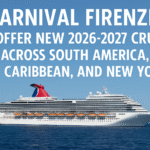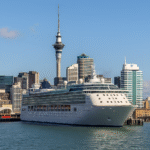As New Zealand prepares for its upcoming cruise season, two of its most important ports—Auckland and Tauranga—are facing a major tourism challenge. The country is bracing for a projected 40% drop in cruise ship arrivals, a decline that could ripple across the local economy and impact thousands of businesses.
For Auckland, the nation’s largest city and primary cruise hub, the downturn is particularly concerning. Known for its vibrant waterfront and bustling tourism industry, the city has long relied on cruise visitors to fuel growth in retail, hospitality, and cultural attractions. Tauranga, along with Marlborough and other smaller ports, is also preparing for a sharp decline in arrivals.
The Impact on Auckland
Auckland Council’s tourism division has voiced concerns over the severity of the situation. With fewer ships docking, the once-busy Viaduct Harbour and Queens Wharf areas may feel noticeably quieter. Cruise visitors typically spend money on excursions, restaurants, and shopping, contributing significantly to Auckland’s economy.
In the 2023-2024 season, cruise tourism was estimated to contribute over $200 million to Auckland’s economy. This included not only passenger spending but also the fees paid by cruise operators for docking, provisioning, and crew support. With arrivals expected to fall by nearly half, the loss of revenue could be substantial.
Small businesses are particularly vulnerable. From tour guides to souvenir shops, many rely heavily on the influx of cruise passengers. A reduced flow of visitors could mean leaner months ahead, forcing operators to rethink strategies to attract other kinds of travelers.
Tauranga and Other Ports Under Pressure
The challenges are not confined to Auckland. Tauranga, located in the Bay of Plenty, is one of the country’s most popular cruise ports, known for its proximity to beaches, geothermal attractions, and the cultural heritage of Rotorua. The reduction in cruise arrivals is expected to impact local tour companies, transport services, and regional attractions.
Further south, Marlborough, a region celebrated for its wineries and scenic landscapes, is also bracing for fewer ship calls. According to the New Zealand Cruise Association, the decline reflects a broader industry challenge, rather than waning interest in the country itself.
Why Are Cruise Arrivals Falling?
The decline is not due to a lack of demand from travelers. In fact, New Zealand remains one of the most desirable cruise destinations worldwide, thanks to its dramatic coastlines, rich Maori culture, and diverse attractions.
The issue lies in the logistics of cruise planning. Cruise lines often determine itineraries two to three years in advance, and operational costs, long travel distances, and regional competition have played a role in reducing the number of ships visiting New Zealand.
Other factors include:
- Operational Costs: Fuel and staffing expenses make long-haul routes more challenging.
- Weather Conditions: The South Pacific’s unpredictable weather can disrupt itineraries.
- Competing Markets: Cruise lines are increasing focus on regions like Asia and Europe, which offer shorter, cost-effective routes.
The Economic Ripple Effect
Cruise tourism is a critical part of New Zealand’s visitor economy. Each ship arrival contributes significantly to local revenue—not just through passenger spending, but also through crew visits, port charges, and associated logistics.
The expected decline means less business for:
- Hotels and restaurants near ports.
- Transport operators providing shuttles and taxis.
- Tour companies offering excursions to iconic landmarks.
- Retailers who benefit from the spending of day-trippers.
The concern is that the downturn could discourage long-term investment in port infrastructure and tourism services, creating a cycle that makes it harder for New Zealand to compete for future cruise schedules.
Strategies for Recovery
Despite the setback, industry leaders are optimistic. Karen Thompson-Smith, Auckland Council’s head of tourism, has emphasized that this decline may be temporary and that the cruise industry is cyclical by nature.
To adapt, local authorities and businesses are considering several strategies:
- Diversification of Tourism Offerings: Promoting land-based attractions to appeal to independent travelers and long-haul tourists.
- Closer Engagement with Cruise Operators: Ensuring New Zealand remains part of long-term itinerary planning.
- Improved Infrastructure: Enhancing port facilities to accommodate larger and more modern vessels.
- Marketing Campaigns: Highlighting New Zealand’s unique selling points—its culture, nature, and adventure tourism—to keep global interest high.
Looking Toward the Future
Although 2026-2027 may be a challenging season, the outlook for New Zealand’s cruise industry is far from bleak. The country’s reputation as a world-class destination remains intact, and the demand for authentic, scenic experiences is only growing among international travelers.
Authorities hope that as global cruise lines finalize itineraries for future years, New Zealand will once again see higher volumes of ship arrivals. With continued focus on sustainability and cultural authenticity, the country is well-positioned to appeal to both cruise operators and passengers alike.
Conclusion: A Temporary Setback for a Resilient Industry
The 40% decline in cruise arrivals is a stark reminder of the volatility of global tourism. For Auckland, Tauranga, and other ports, the challenge will be to adapt, diversify, and remain attractive to international operators.
While the coming season may bring quieter harbors and fewer visitors, New Zealand’s cruise tourism industry has weathered downturns before. With careful planning, strategic partnerships, and an emphasis on its natural and cultural treasures, the nation can look forward to calmer seas ahead.
For now, New Zealand’s ports are navigating choppy waters—but the long-term horizon remains bright for the country’s tourism economy and global appeal.
For more travel news like this, keep reading Global Travel Wire


